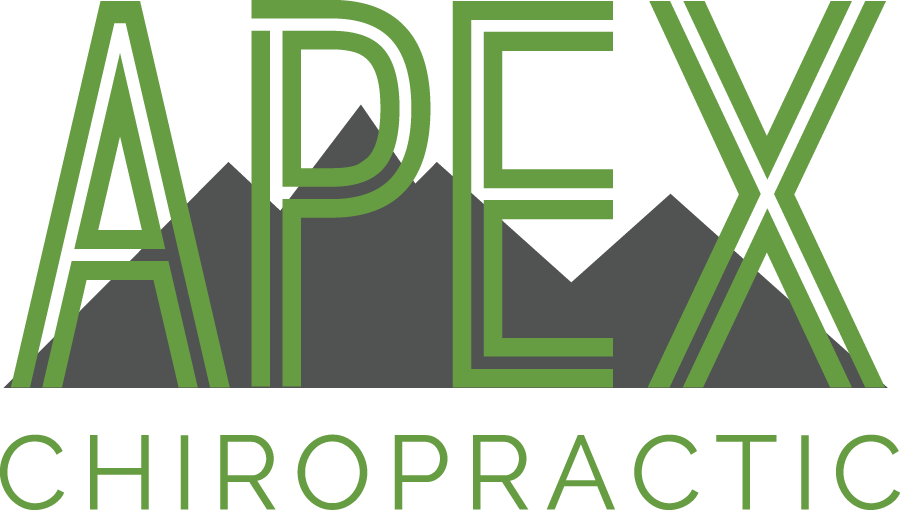In the realm of wellness and medical advancements, red light therapy has emerged as a promising tool for alleviating pain and reducing inflammation. This non-invasive and drug-free approach is gaining widespread attention for its potential to provide relief from a variety of discomforts, ranging from chronic pain conditions to acute injuries. In this comprehensive exploration, we will delve into the fascinating world of red light therapy, unraveling the science behind its effectiveness in decreasing pain and inflammation.
Understanding Red Light Therapy: Shedding Light on Healing
Red light therapy, also known as low-level laser therapy (LLLT) or photobiomodulation, is a therapeutic technique that utilizes specific wavelengths of red and near-infrared light to interact with cells and tissues. This interaction triggers a cascade of biochemical reactions within the body, leading to various physiological responses that contribute to healing and pain reduction.
The Cellular Dance: How Red Light Therapy Works
At the heart of red light therapy’s efficacy in decreasing pain and inflammation lies its profound impact on cellular function. When exposed to red and near-infrared light, cells within the body absorb photons, initiating a series of events that culminate in therapeutic benefits:
Enhanced Energy Production (ATP)
Red light therapy stimulates the mitochondria, often referred to as the cell’s powerhouse. This stimulation leads to an increase in adenosine triphosphate (ATP) production, which is the energy currency of cells. Elevated ATP levels boost cellular metabolism, enabling cells to function optimally and facilitate the healing process.
Reduction of Oxidative Stress
Red light therapy helps rebalance the body’s oxidative stress levels by promoting the formation of reactive oxygen species (ROS) within healthy limits. This controlled production of ROS initiates a process known as hormesis, wherein cells become more resilient to stressors and inflammation.
Modulation of Inflammation
Red light therapy exerts a significant influence on the body’s inflammatory response. By interacting with immune cells and cytokines, red light therapy can help modulate the production of pro-inflammatory molecules while promoting the release of anti-inflammatory agents. This delicate balance contributes to decreased inflammation in affected areas.
Increased Blood Flow and Circulation
The vasodilatory effects of red light therapy enhance blood flow and circulation, delivering oxygen and nutrients to cells in need. Improved circulation also aids in the removal of waste products and toxins, supporting tissue repair and reducing discomfort.
Neurological Impact
Red light therapy has been shown to influence nerve cells and neural pathways. By promoting the release of neuroprotective substances and neurotransmitters, it can help alleviate neuropathic pain and enhance nerve function.
Collagen Production and Tissue Repair
Red light therapy plays a pivotal role in collagen synthesis, a critical process for tissue repair and wound healing. Increased collagen production enhances the integrity of connective tissues and accelerates recovery.
Clinical Applications: Where Red Light Therapy Shines
The versatility of red light therapy allows it to address a wide spectrum of pain and inflammation-related conditions:
- Chronic Pain Management: Red light therapy holds promise for managing chronic pain conditions such as osteoarthritis, fibromyalgia, and lower back pain. Its ability to alleviate discomfort without the need for medication makes it an appealing option for individuals seeking non-pharmacological pain relief.
- Sports Injuries and Musculoskeletal Discomfort: Athletes and active individuals often turn to red light therapy to accelerate the healing of sports injuries, strains, and sprains. The therapy’s anti-inflammatory effects coupled with its role in tissue repair contribute to quicker recovery times.
- Joint Disorders: Red light therapy’s impact on inflammation and cartilage health positions it as a potential adjunctive treatment for joint disorders like rheumatoid arthritis. By mitigating inflammation, it may help alleviate joint pain and improve mobility.
- Post-Surgical Recovery: Red light therapy has been incorporated into post-surgical recovery protocols to manage pain, reduce inflammation, and enhance wound healing. Its non-invasive nature makes it a valuable addition to conventional rehabilitation approaches.
- Neuropathy and Nerve Pain: Individuals dealing with neuropathic pain often find relief in red light therapy. By targeting nerve function and promoting neuroprotection, it can mitigate nerve-related discomfort.
- Wound Healing: Red light therapy’s collagen-stimulating properties are particularly beneficial for wound healing. It accelerates tissue repair, reduces inflammation around wounds, and minimizes scarring.
Unlocking the Healing Potential: Factors Influencing Efficacy
Several factors contribute to the efficacy of red light therapy in decreasing pain and inflammation:
- Wavelength and Dose: The specific wavelengths of red and near-infrared light used in therapy, as well as the duration and frequency of sessions, play a crucial role in determining the therapeutic outcome. Optimal settings are often tailored to the individual’s condition and needs.
- Treatment Area: Red light therapy can be applied directly to the affected area or administered systemically, affecting the entire body. The choice of treatment area depends on the nature and location of discomfort.
- Individual Variability: Responses to red light therapy can vary from person to person. Factors such as genetics, age, overall health, and the underlying cause of pain and inflammation contribute to individual variability in outcomes.
- Consistency: Like many therapeutic interventions, consistent and regular sessions are key to achieving sustained benefits. The cumulative effects of red light therapy build over time, gradually leading to decreased pain and inflammation.
Conclusion: Illuminating a Path to Wellness
Red light therapy’s remarkable ability to decrease pain and inflammation has positioned it as a beacon of hope for individuals seeking safe and non-invasive methods of relief. By harnessing the healing power of light, red light therapy engages with cellular processes, modulates inflammation, and accelerates tissue repair, offering a holistic approach to well-being. As scientific research continues to unveil the intricacies of its mechanisms, red light therapy’s potential to transform the landscape of pain management and inflammation reduction remains luminous. Whether you’re an athlete recovering from an injury, an individual grappling with chronic pain, or simply someone seeking natural and effective relief, red light therapy stands as a testament to the healing wonders of light itself.
Join us at Apex Chiropractic on a journey towards total wellness and vitality. Your path to a healthier, pain-free life starts here. Don’t wait any longer to take control of your well-being. Contact us today to schedule your first appointment and let us illuminate the path to wellness for you.

Ready to See the Best Chiropractor in Louisville, CO?
Apex Chiropractic believes in thriving through life, not suffering in it. We believe that the activities that we want to partake in do not only desire but are necessary, just as necessary as our daily activities. In order to thrive in life and not suffer, we have to be completely in tune with our bodies. Schedule your appointment with us, today.
Like this article? Spread the word!
Related Posts
December 13, 2023
Shaping the Future: Understanding Laser Liposuction as a Healthy Path to Fat Loss
Discover the future of fat loss with laser liposuction! Explore how this innovative…
September 1, 2023
Accelerating Recovery: The Superiority of Medical-Grade Red Light Therapy for Muscle Recovery
Discover the unmatched benefits of medical-grade red light therapy for muscle recovery.…
September 1, 2023
Rediscovering Radiance: Red Light Therapy for Skin Rejuvenation vs. Other Alternatives
Explore the rejuvenating power of Red Light Therapy and compare it to other skin…





